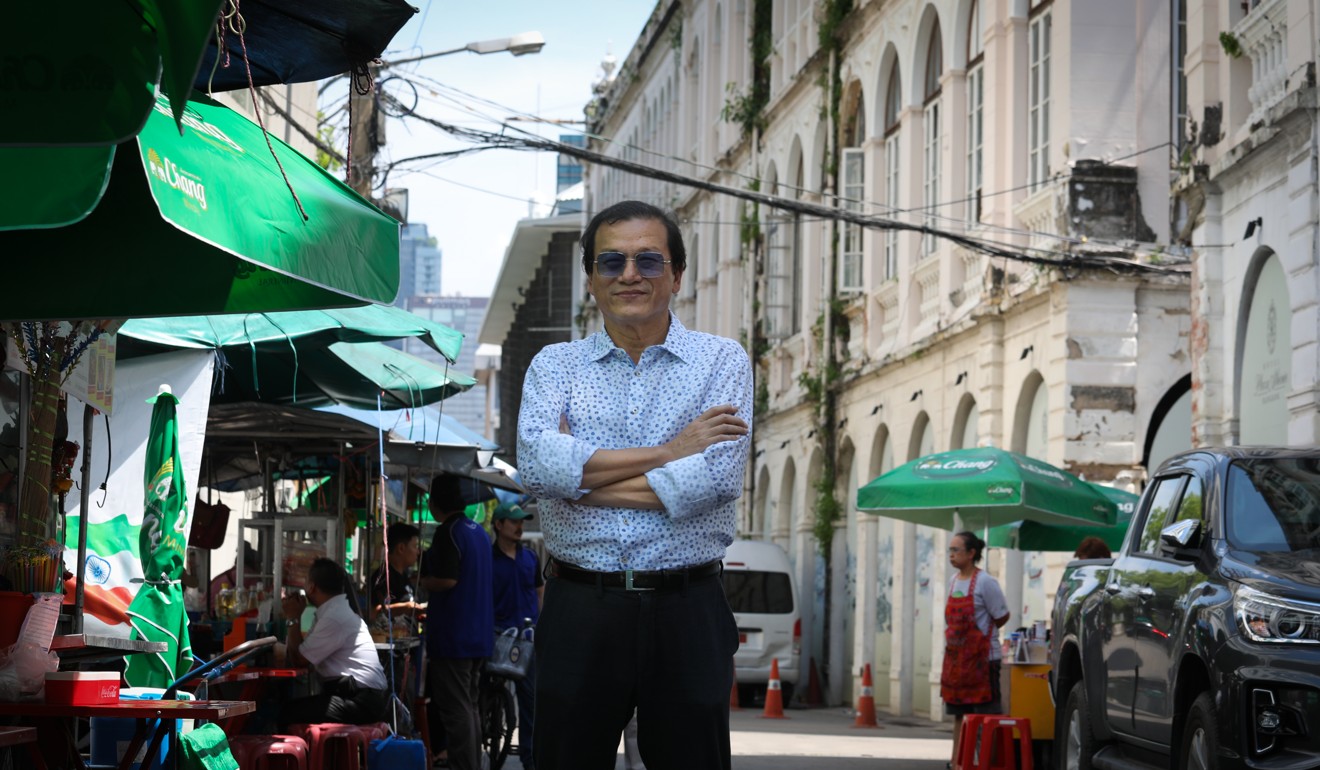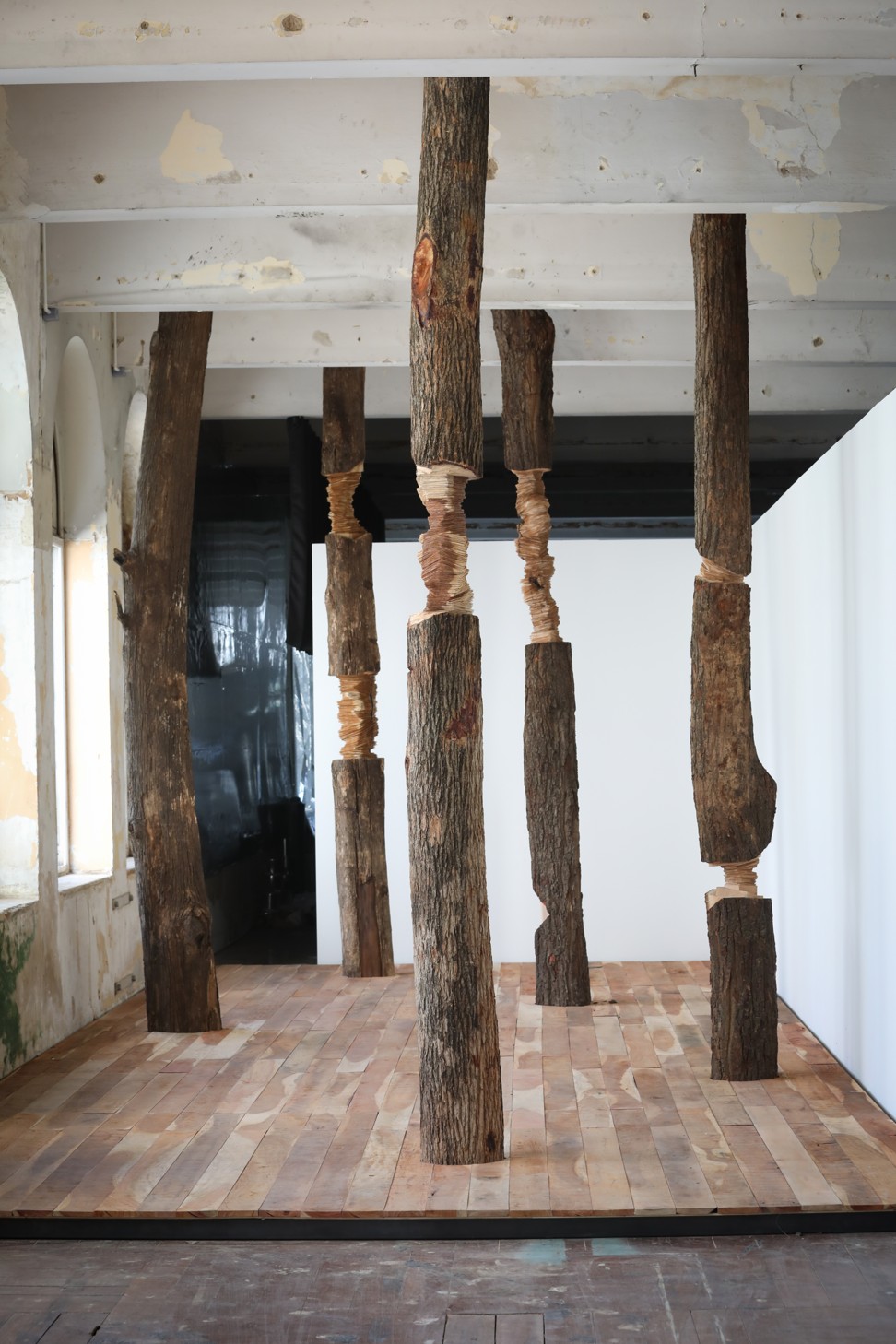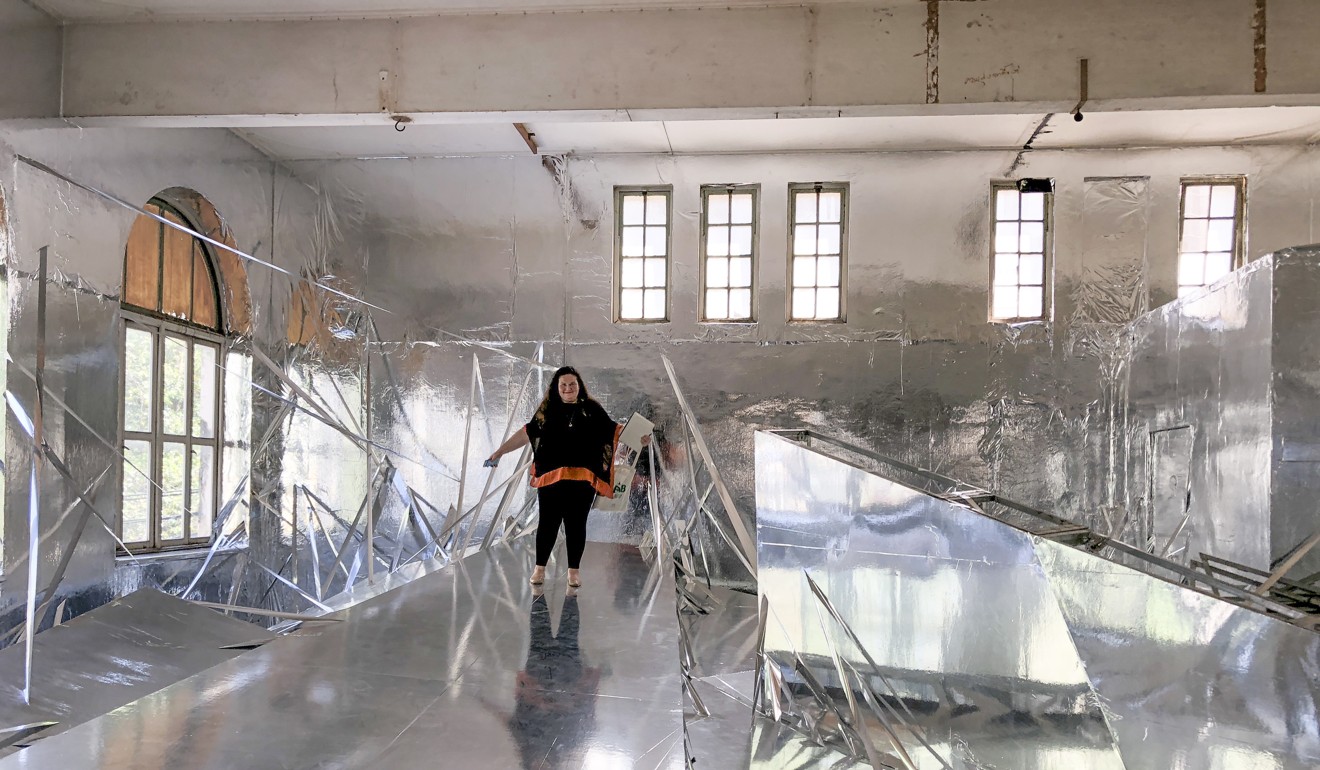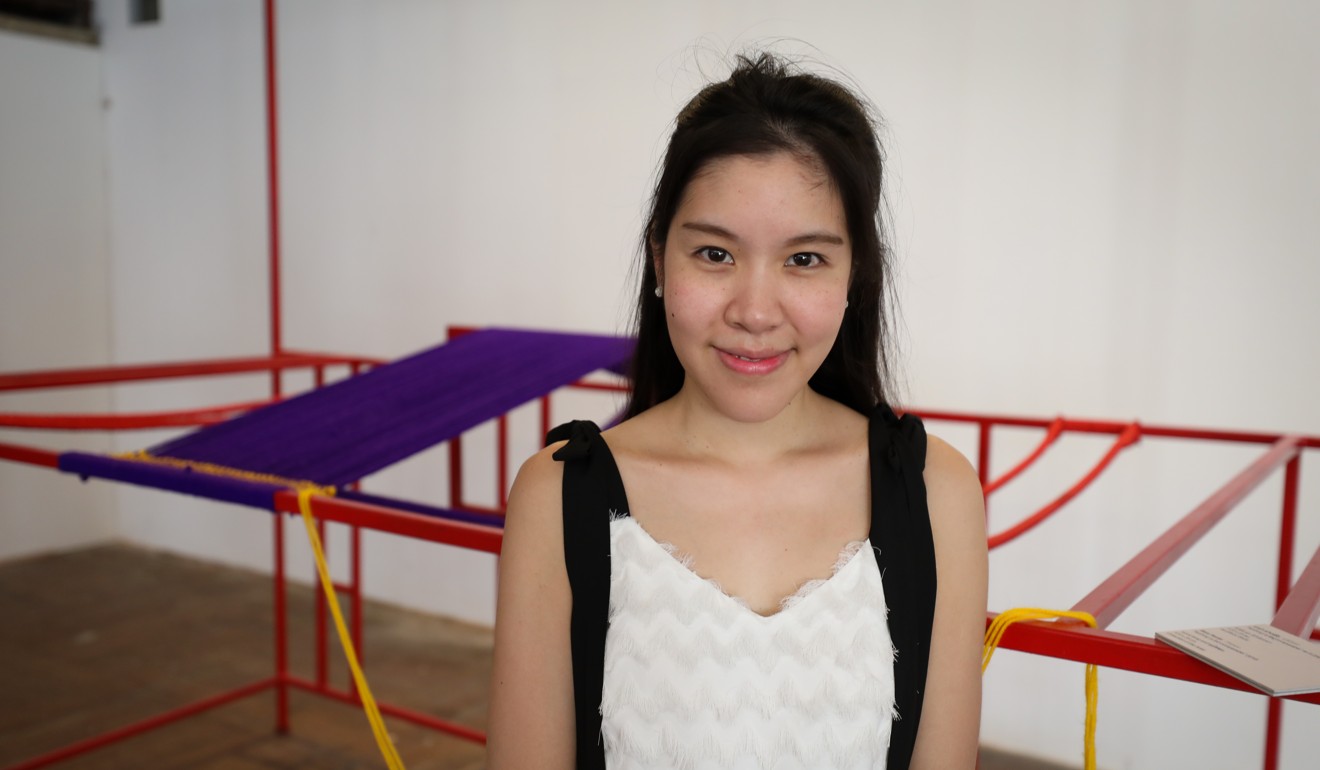
Bangkok jumps aboard the art biennale boat – well, it was called Venice of the East
- Thai capital joins the ranks of cities hosting contemporary art biennales
- Three-month Bangkok Art Biennale 2018 starts this week with Beyond Bliss the theme. Krabi to host another
Plans for the first Bangkok Art Biennale were first unveiled at a ceremony held at the Venice Biennale 18 months ago, and this week, the three-month celebration of contemporary art in the Thai capital kicked off, with a distinct whiff of Venice about it.
Guests are ferried along the now rubbish-free Chao Phraya river from one grand venue to another. Religious sites dot the landscape and a number of Buddhist temples, or wats, have agreed to display site-specific artworks, just as churches do in Venice during the biennale there.
HK$510 million sale of artwork does not mean market is booming
The historic, colonial-style East Asiatic Building isn’t quite as old or grand as a palazzo but it is nonetheless an impressive venue: its vacant halls filled with contemporary art and its waterfront facade opening up to a pier where artist duo Elmgreen & Dragset’s eight metre-high Zero (2018) stands on the water’s edge.
Comparisons between a fast-growing Asian metropolis with a population of 10 million and an Italian city that is one giant museum piece with just over a quarter of a million inhabitants only go so far. But the Bangkok Art Biennale is part of the city’s continuing struggle to transform its international image from sleaze capital to refined cultural centre and live up to its 19th century sobriquet of Venice of the East.
The global fashion for hosting contemporary art biennales has reached Thailand late. There are dozens of major international art fairs and biennales in Asia alone and new ones are added to the list every few months.
Until this year, Thailand’s vibrant art scene, brimming with talent, has never attempted to jump on the bandwagon. But in 2018, the country has not just one, but three new biennales. The first was the grass-roots Bangkok Biennale that ran from July to September, while in November, the Culture Ministry will unveil its mainly outdoor Thailand Biennale in the southern beach resort of Krabi.

The Bangkok Art Biennale Foundation is funded by private Thai conglomerates and co-founded by Thapana Sirivadhanabhakdi, head of the family-controlled conglomerate ThaiBev, and Apinan Poshyananda, former permanent secretary of Thailand’s Ministry of Culture.
Apinan, who is also a respected artist, academic and curator, has used his formidable network to attract a few big, international names to add star power.
The use of 20 venues has been secured for this biennale, from heritage buildings and wats to a large, custom-built pop-up space in the new One Bangkok commercial development. Top of the list to appear was performance artist Marina Abramovic, who was mobbed by selfie-takers at all the opening events she attended.

Abramovic’s last performance in Thailand was God Punishing (2005), when she led hundreds of others to beat the water in the sea off Phuket on the anniversary of the previous year’s deadly tsunami.
This time, she is not performing herself but her eponymous institute (MAI) is presenting durational performances by eight different artists using the so-called Abramovic method.
For example, Nyan Lin Htet from Myanmar will be spending three weeks in a space enclosed by barbed wired inside the Bangkok Art & Culture Centre as a protest against the treatment of the Rohingyas in Myanmar and other migrants. On the first day, he was standing absolutely still and steadfastly avoided any eye contact with the staring audience.
She swears. She skateboards. She bends the rules. Muslim artist fights stereotypes
The decade-old Bangkok Art and Cultural Centre, currently in financial crisis because of the city government’s withdrawal of support, is buzzing this week because it is one of the major venues of the biennale, hosting not just the MAI performances but dozens of art installations. This includes Choi Jeong-hwa’s five-storey-high wind chimes made with cheap plastic baskets, called Basket Tower (2018).
Over at the East Asiatic Building, Korean artist Lee Bul has turned a room completely and futuristically silver. Called Diluvium, it is radically anachronistic in style to the heritage building, sending out an exciting vibe about the future potential for the soon-to-be restored, partly derelict building.
Nearby, Sara Favriau’s teak tree trunks look as if they grew out of the floor and are holding up the weight of the roof despite having sections hacked off.

The Thai artist Kawita Vatanajyankur, also influenced by Abramovic, will give a gruelling performance several times during the biennale (independent of the MAI) during which she acts like a human knitting needle, throwing herself through a loom over and over again as a symbol for female labour in a patriarchal society.
Overall, the biennale has a remarkably strong representation of female artists and gender issues, which Apinan says is the result of the jury’s selection based on quality rather than a specific aim to be politically correct.

To most visitors, the Bangkok Art Biennale’s most anticipated venues are the venerable wats in the city. Apinan says he convinced the abbots by promising them that the artists would not install anything that disrespects the religion – the only form of self-censorship in the biennale.
Most of the works are discrete interventions. The larger pieces include Huang Yong Ping’s Zou You He Che (2005), a pair of legs with animal heads clutching scrolls representing knowledge in their mouths. These are shown inside a small, Chinese-style side temple next to the famous reclining Buddha.

Below Wat Prayoon’s serene white stupa, Thai artist Nino Sarabutra has paved the covered walkways of the crematorium with 125,000 miniature ceramic skulls. It is, the artist says, a reminder to live every day as if it is your last. Macabre, certainly, but also meditative, like many of the works included under the biennale theme of “Beyond Bliss”.
Zeng Fanzhi, Chinese artist, says ‘I will paint whatever I like, in my own way’
The organisers say these are merely “baby steps” for Thailand’s art scene. But already Bangkok’s geography, architecture and history, coupled with a mix of good art and accessible, Instagrammable pieces, have given this latest addition to the Asian biennale scene a truly distinct identity.
Bangkok Art Biennale 2018 runs until February 3, 2019.

